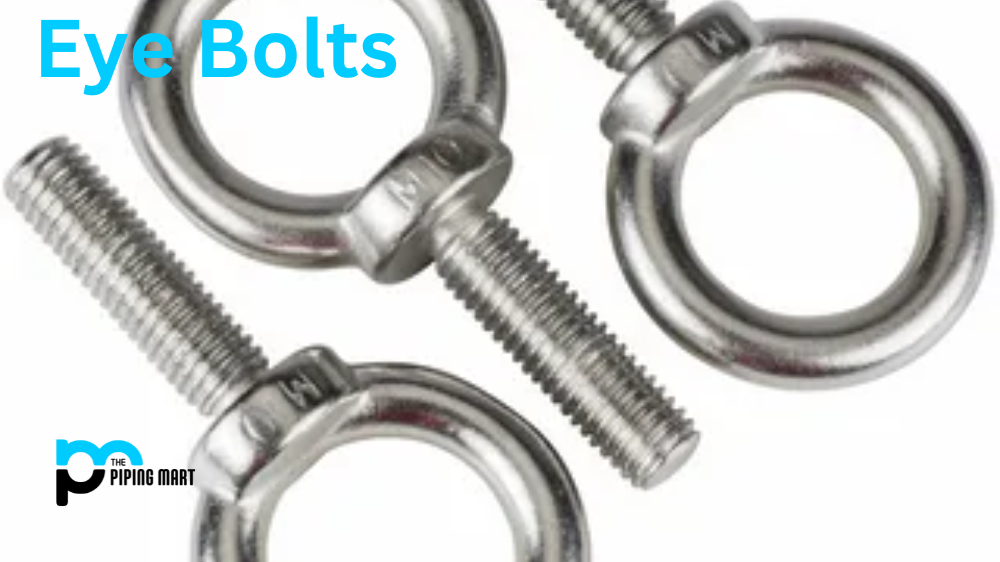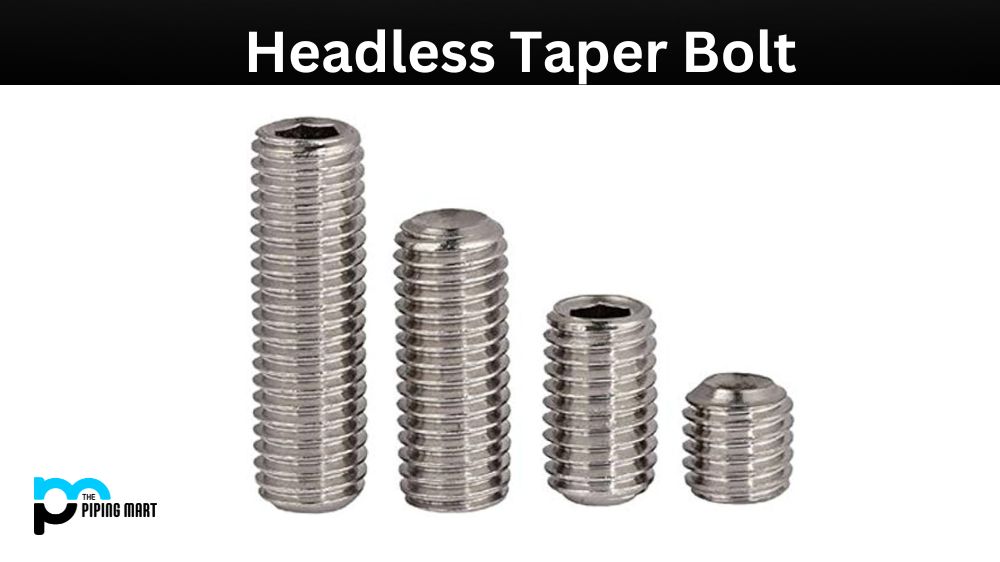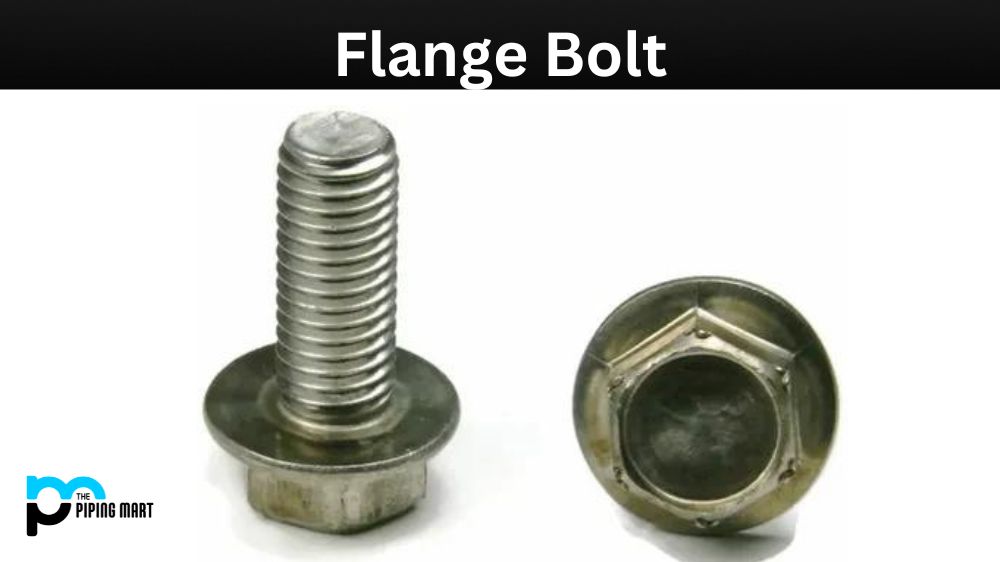Eye bolts secure loads and provide anchorage at different job sites. They are essential in lifting and rigging operations, but they pose a safety risk if not installed or inspected properly. In this blog post, we will discuss installing and inspecting eye bolts to ensure their safety and effectiveness.
How to do a Proper Installation and Inspection of Eye Bolts
Choosing the Right Eye Bolt:
Before installing an eye bolt, selecting the right type for the job is important. The chosen type depends on the load’s weight, material composition, and attachment point. Stainless steel eye bolts are recommended because they are durable, corrosion-resistant, and withstand harsh environmental conditions. The working load limit also determines the size of the eye bolt needed.
Proper Installation:
Upon choosing the right eye bolt, the next step is proper installation. This involves drilling a hole into the recipient material and inserting the eye bolt, ensuring that the hole is the correct size and the eye bolt is securely tightened to avoid tilting or falling. Avoid over-torquing as it may damage the bolt’s threads, rendering it unsafe.
Inspection of Installed Eye Bolts:
Once installed, it’s also important to regularly inspect eye bolts to ensure their safety and effectiveness. Inspections involve checking for any signs of wear and tear, signs of corrosion, and cracks in the bolt material. Any defect found during the inspection may require a complete replacement of the eye bolt.
Choosing the Right Eye Bolt Material:
Different applications require different materials for their eye bolts. For extreme applications, it is advisable to use stainless steel, which offers excellent durability and corrosion resistance. Carbon steel or galvanized steel eye bolts are typically cheaper and more versatile for less extreme applications.
Safety Tip:
It’s important to note that eye bolts should not be used as the only means of lifting loads. They should only be used to secure or create an anchor point in a broader rigging operation. Additionally, ensure the load is securely attached to the eye bolt and check that the weight does not exceed the working load limit.
Proper Storage Eye Bolts
Proper storage of eye bolts is also critical in maintaining their safety. Eye bolts should be stored in a clean and dry environment to prevent corrosion. Lubrication of eye bolts with an appropriate lubricant can also help prevent corrosion and damage. Improper storage can lead to premature wear and tear, compromising the eye bolt’s safety and strength.
Final Thoughts:
Safety should always be a top priority when using eye bolts in lifting operations. Proper installation and inspection are essential in ensuring their safety and effectiveness. Always choose the right type of eye bolt for the job, install it correctly, and regularly inspect it to avoid accidents and injuries.
Conclusion:
Correct installation and inspection of eye bolts are critical in preventing accidents. Choosing the right eye bolt, proper installation, inspection, and observing safety tips can maximize their effectiveness and ensure their safety at all times. It’s also important to seek professional help if you need help with the correct installation and inspection process.
Sakshee is a talented blogger, with a particular focus on the Business and Metal Industry. She is passionate about sharing her insights on various metal products and helping professionals to make a better decisions.




